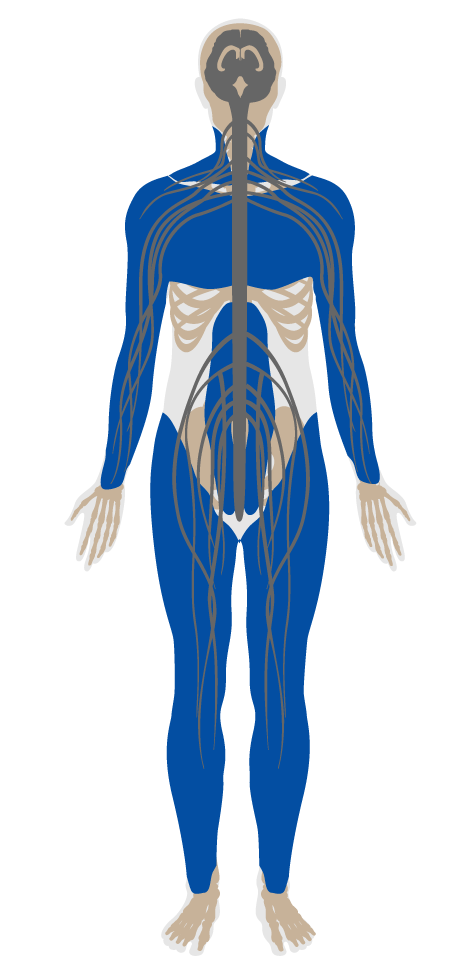Electric light glare control
- 53 Visual lighting design
- 54 Circadian lighting design
- 55 Electric light glare control
- 56 Solar glare control
- 57 Low-glare workstation design
- 58 Color quality
- 59 Surface design
- 60 Automated shading and dimming controls
- 61 Right to light
- 62 Daylight modeling
- 63 Daylighting fenestration
- P2 Light at night
- P3 Circadian emulation
Electric light glare control
To minimize direct and overhead glare by setting limits on the luminous intensity of luminaires.
BACKGROUND
Non-diffuse, bright indoor lights create uneven levels of brightness in the visual field. The resulting glare, defined as “excessive brightness of the light-source, excessive brightness-contrasts and excessive quantity of light”, can cause visual discomfort (discomfort glare), fatigue, visual impairment and even injury (disability glare), and can be attributed to either direct or reflected glare. In the case of glare caused by electric light sources, lamps should be shielded based on their luminance. This quantity, often given in cd/m², can be measured directly or calculated from lighting specification sheets with sufficient detail. Light fixtures of greater luminous intensity require a greater shielding angle to reduce the likelihood of creating direct glare for occupants.

